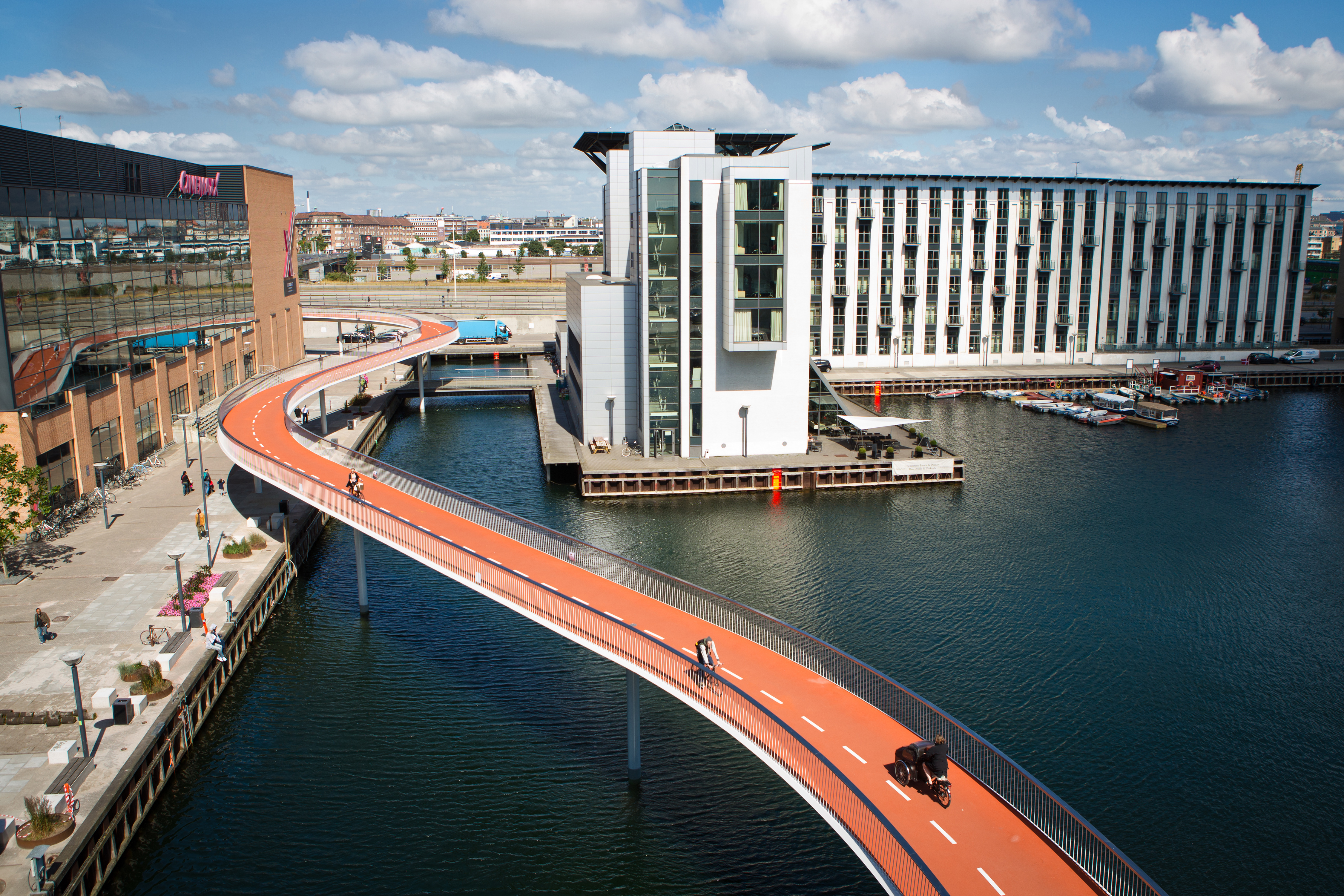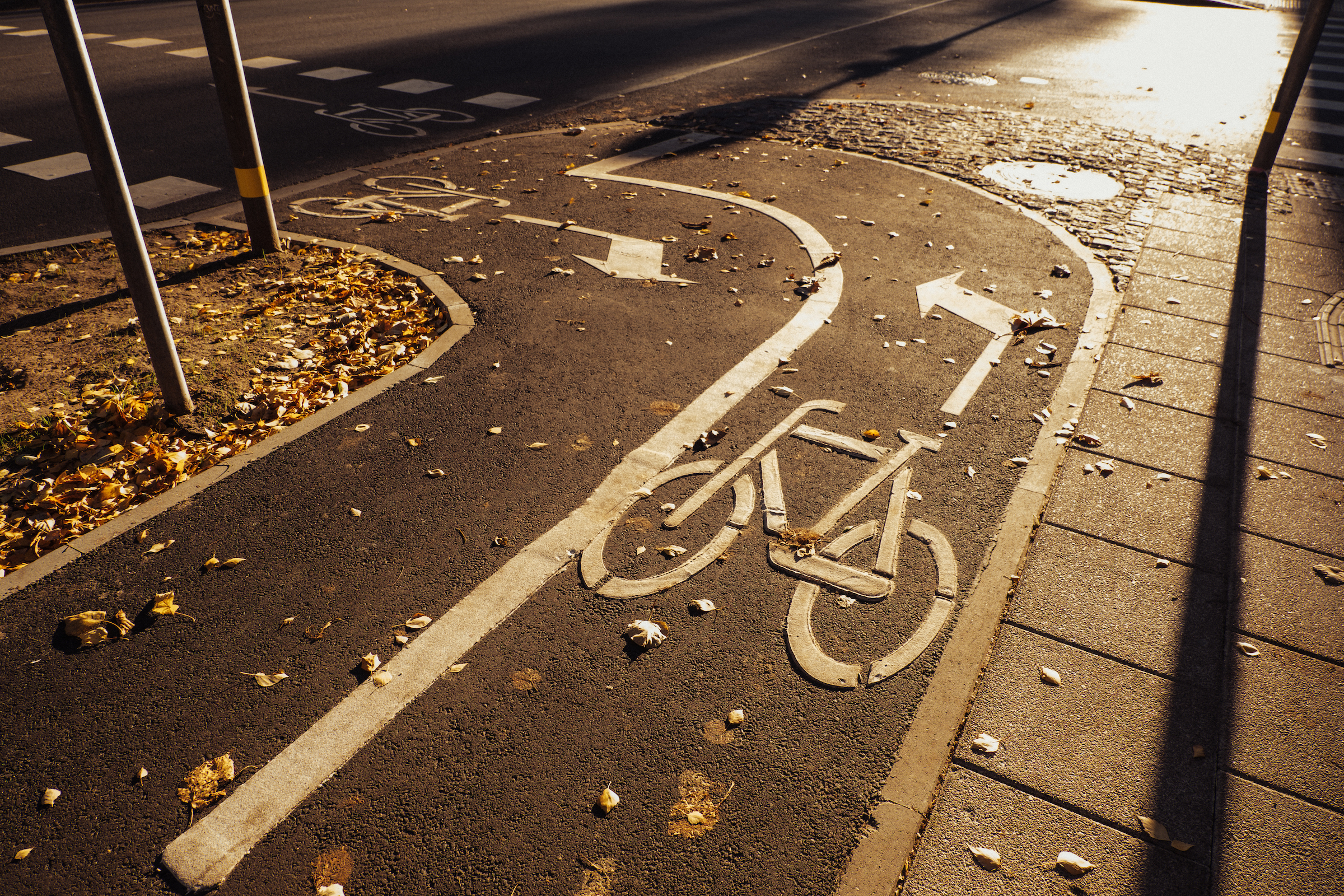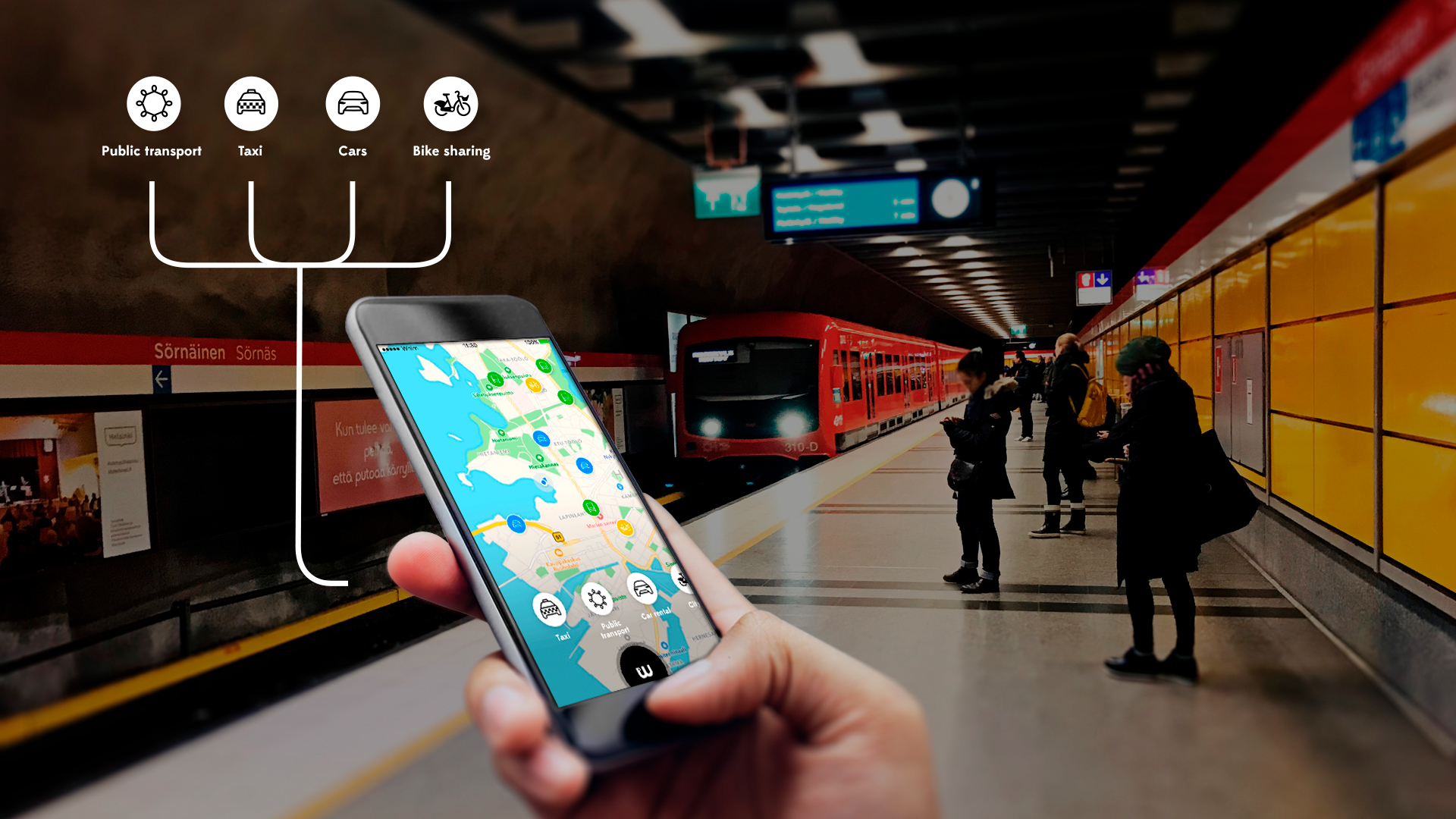
It may have been a long time coming but the
Certainly the statistics are impressive as, in a city which has more rainy days than dry ones and where typical daytime temperatures hit a high of between 2°C to 21°C (36 to 70°F), more than 40% of commuting journeys are undertaken by bicycle. Indeed, Copenhagen has been voted the world’s best cycling city.
This is due in no small part to strong political leadership – the municipal government is divided into seven administrative departments, each with its own mayor, one of which is Technical and Environmental Administration. The current mayor of this particular department is Morten Kabell, a former teacher and party secretary at the Red-Green Alliance office of Copenhagen. He spoke to ITS International about how the city has achieved its enviable situation and what delegates to the 2018 World Congress will see and experience.
“People will learn from Copenhagen how to use ITS. It is too easy to become fascinated about what the technology can do, so the focus will be on how that technology can be used to advance the city’s aims. Technology is cool but if it doesn’t help us achieve the goals of the city, then it is not really much use. In Copenhagen we want to show how ITS has been used to create a better city.
“Cycling may not be an ITS solution but it is definitely a smart city solution – fast, efficient and takes up little space - and we use ITS to encourage bicycling with pilot projects that have shown extremely good results.”
These include detectors at intersections to identify large groups of cyclists (and buses) and to prioritise them by extending the green light timing which has shortened journey times by bicycle and public transport.
“Some years ago there were on average five fatalities each year where right turning trucks struck cyclists. Today that number is zero to one,” says Kabell. He points to advanced stop lines at intersections (which provide room for cyclists in front of stopped vehicles, to ensure drivers are aware of their presence) and separate bicycle traffic lights at intersections as “very beneficial”.
While many measures are very low-tech, Kabell says they have proved “immensely beneficial in improving safety. We calculate that if somebody rides a bicycle to work every day, as I do, then on average they could commute ride for about 3,000 years before being involved in a serious collision.”
Further trials are being undertaken using LEDs to warn all road users to take extra care at particular points and active cycle-detection to increase the intensity of street lighting when cyclists are present at intersections. He is not persuaded about technical measures such as smartphone apps as he says “they will be beeping all the time as several hundred thousand cyclist use the city’s roads every day. And there is safety in numbers because when there are lots of bicycles then car drivers know they have to take care because there is a high probability of a cyclist being nearby.”
Indeed, it appears the increase in cycling in Copenhagen has become a self-fulfilling proposition that became evident when the authorities planned the Proviant bridge. “Using the data we had generated in various studies, we estimated that 3,000 bicycles would use the bridge each day. But from the moment it was opened that number was 7,600 – at the same time the number of cars crossing the harbour dropped by 3,500,” says Kabell.
It is a similar situation with the new Cycle Serpent bridge that opened in 2014. Calculations indicated the socio-economic payback time would be between five and seven years. Now it is open, the number of bicycles using the bridge is double the estimate and payback should take four years.
Kabell is also working with other cities to get changes to the visibility legislation for trucks which would lead to a lowering of the cab height, specifically to improve the driver’s view of cyclists. Initiatives by the vehicle manufacturers include a red LED light that shines into the bicycle lane to alert cyclists to the truck’s ‘blind spots’. Another solution involving night-time freight deliveries was trialled but met resistance from residents disturbed by the noise. “Copenhageners would rather spend a little longer travelling than having their sleep interrupted, and that we have definitely respected,” says the mayor.
That said, Copenhagen is not opposed to trucks and to minimise noise and pollution emissions there is a prioritisation system to reduce the number of times heavy vehicles have to stop, and therefore pull away again, at traffic lights. This is particularly pertinent as Copenhagen has a major port and one which operates in close cooperation with the one in Malmö, Sweden (the two cities are, of course, also linked by the Oresund bridge and tunnel complex). Kabell says: “We have many people who work in Copenhagen and live in Sweden and commute, so in many ways Malmo is a part of greater Copenhagen.”
Commuters and residents alike have become accustomed to seeing a succession of trials and pilots on the city’s roads. “They are cool with that,” says Kabell.
However, bigger challenges are yet to come as the city council has declared that the city will be carbon neutral by 2025 and use only renewable energy by 2050, which will have major impacts on the transport system. “It will mean a lot less cost,” he asserts, adding: “The days when gasoline and diesel are the ways to transport yourself are over. It will mean electric and hydrogen vehicles, more trips using public transport and even more bicycling.”
From 2019, all tenders for city vehicles will have to be electric or hydrogen powered. Long-lived heavy vehicles such as snow ploughs, garbage vehicles and buses may need to be retrofitted with electric motors or hydrogen fuel cells. “There will be no-more fossil-fuelled buses in Copenhagen,” says Kabell.
Furthermore, as the LED illumination is ‘daylight white’ rather than yellow, the colour rendition is much better for the human eye and means the improvement in visibility is greater than the increase in illumination. “In yellow light you can’t really identify people, you could only see a shape and now you can recognise people which increases the perception of safety when walking around the city at night.”
Other emission-related investments include €800m for wind turbines that will provide much of the city’s electricity needs and combined heat and power plants which have been converted from coal fired to biomass-fuelled and will shortly be certificated as running on sustainable biomass. This is not without considerable effort on behalf of the population as residents have to sort their rubbish into 12 separate containers to maximise recycling.
Some €5bn is being invested in adding a circle line to the city’s metro system which will be opened in mid-2019 and by the end of that year or early 2020, that will be extended again with a harbour line.
More immediately, car sharing is being heavily promoted and will become increasingly free-floating. Copenhagen had already become the first city in the world to have a bike share system in the last century. This now features electric bicycles which are mainly used by tourists and commuters as the average Copenhagen resident already owns more than one bicycle.
Other transport innovations also under scrutiny are autonomous vehicles and Mobility as a Service (MaaS) but Kabell has yet to be convinced: “There is no doubt that such services will be used in the future but we need to see good systems being promoted. In the case of autonomous vehicles, they can be good if, and only if, they are shared. If we replace our own individual cars with autonomous ones then we will create more traffic on the streets.”
A conclusion which reflects his main point, that technology is cool but if it doesn’t help a city achieve its goals, then it is not really much use.
Technical visits
Planning for ITSWC18 is already well underway and a number of technical tours are currently being planned. These include the Oresund Bridge (which connects Denmark and Sweden), Copenhagen’s bicycle services and infrastructure, its traffic management centre, railways and harbour as well as the road infrastructure and arrangements for goods delivery vehicles.
It is too early for the demonstrations to be finalised but they are likely to include traffic safety applications and management systems, C-ITS services, real-time data visualizations, automated parking and test drives of autonomous vehicles and toll payment applications.












